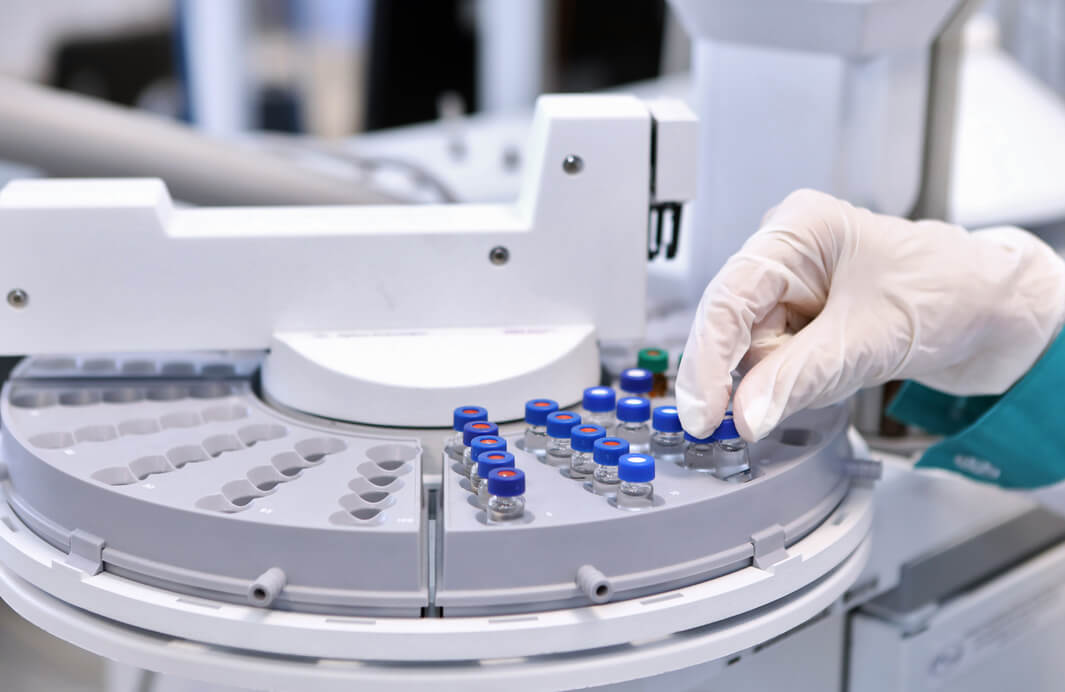Proper vaccine design is important for developing a safe and effective vaccine. A vaccine which fails to trigger an adequate immune response to a specified virus is fundamentally ineffective. Similarly, a vaccine which poses health risks due to adverse effects or hypersensitive immune reactions is rendered impractical for general use.
Developing for immunogenicity
Our deep learning algorithms are generated through extensive neural network training. The system predicts strong vaccine candidates through accumulating data on properties including receptor binding site compatibility and protein structure stability. As more research is performed on the structure of a particular target virus, the AI can optimize its search for high-quality peptides and compounds in further testing and research.
Seragon’s NBAI-V platform utilizes machine learning to identify the optimal sequences to elicit safe and effective immune responses against target pathogens.
Developing for safety
Machine learning can also be used to refine vaccine component predictions from a safety perspective. By analyzing vaccine candidates in the investigational or clinical trial phase, the database is trained on known adverse effects and molecular interactions associated with those compounds. As a result, our AI’s predictions can be revised accordingly based on the latest in vaccine design research.
The background of machine learning on vaccine design
Vaccine development, much like clinical drug trials, must undergo a long research process prior to being approved for distribution among the general public. This process, which aims to maximize immunogenicity while minimizing side effects, is being increasingly optimized thanks to artificial intelligence (AI) learning models.
 Vaccines are designed for immunogenicity – the ability to be flagged as an intruder and eliminated by the immune system. This is done in the hopes that if the body is introduced to the target virus, the immune system will recognize the similarities in antigen structure and expedite an immune response. Vaccine design has evolved over the years, ranging from weakened or inactivated viruses to specific viral components involved in receptor binding. However, promising candidates were often discovered after years of experiments manually conducted by research teams. This process is now completed in a fraction of that time by AI machine learning models.
Vaccines are designed for immunogenicity – the ability to be flagged as an intruder and eliminated by the immune system. This is done in the hopes that if the body is introduced to the target virus, the immune system will recognize the similarities in antigen structure and expedite an immune response. Vaccine design has evolved over the years, ranging from weakened or inactivated viruses to specific viral components involved in receptor binding. However, promising candidates were often discovered after years of experiments manually conducted by research teams. This process is now completed in a fraction of that time by AI machine learning models.
Machine learning determines strong vaccine candidates by recognizing subtle patterns presented by accumulating data points. This trains the AI to make predictions about not only what a receptor binding protein structure of a virus would look like, but also which parts of the structure can be targeted. As a result, the investigation process is streamlined and specific nucleotide and amino acid sequences can then be tested in animal and human trials.
As an example, candidates for a novel coronavirus (COVID-19) vaccine are currently being identified using computer modeling. Research suggests that COVID-19 uses a structure called the spike protein to attach to the human receptor angiotensin converting enzyme-2 (ACE2). These findings have been supported by antibodies from COVID-19 patients binding to spike protein receptor sites. AI is being employed to further optimize the immunogenicity and side effect profiles of proposed vaccines.
